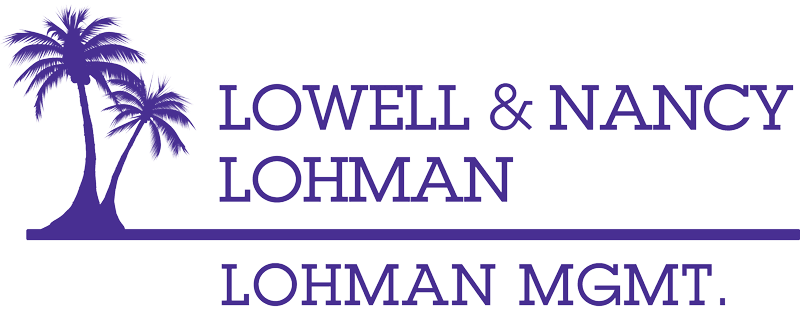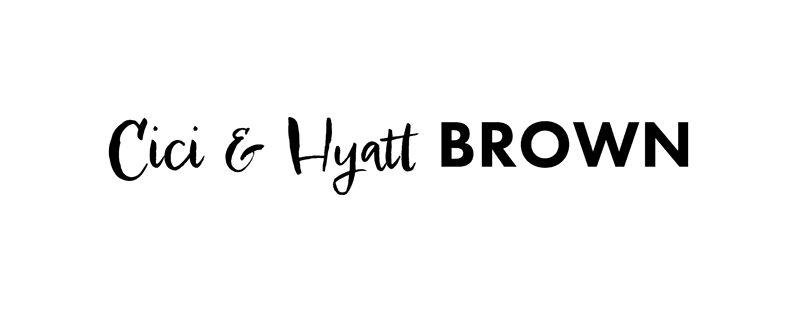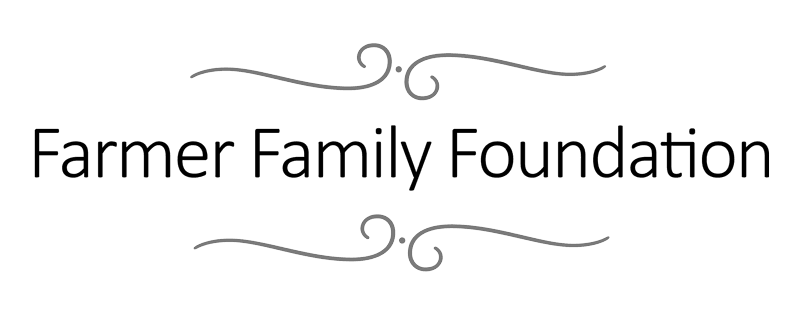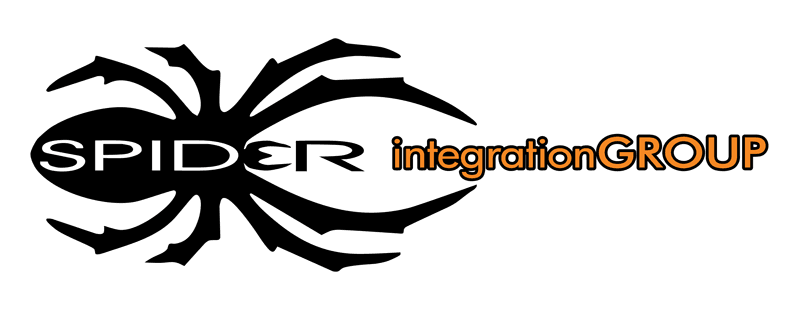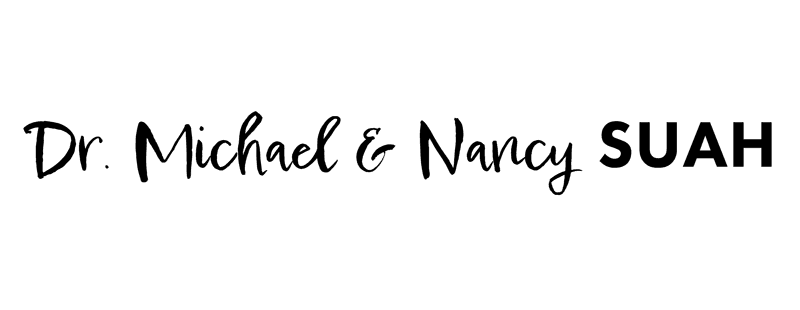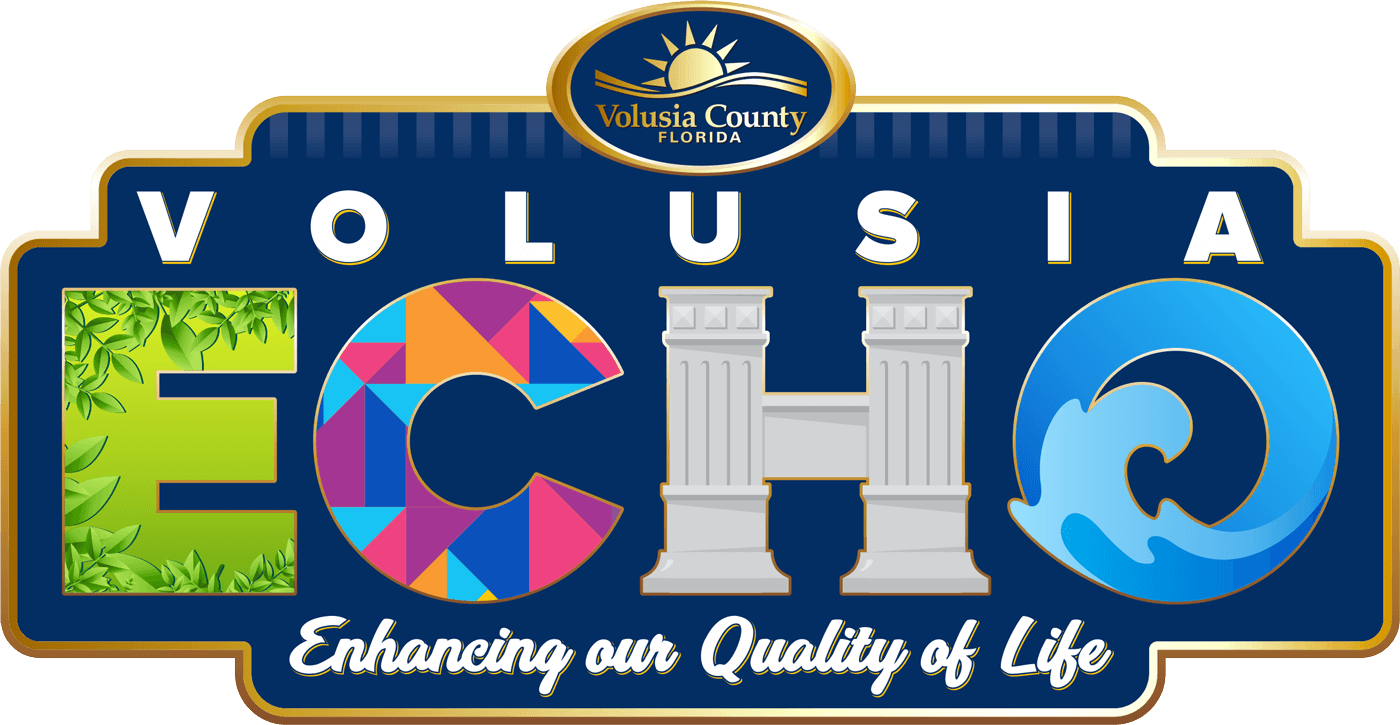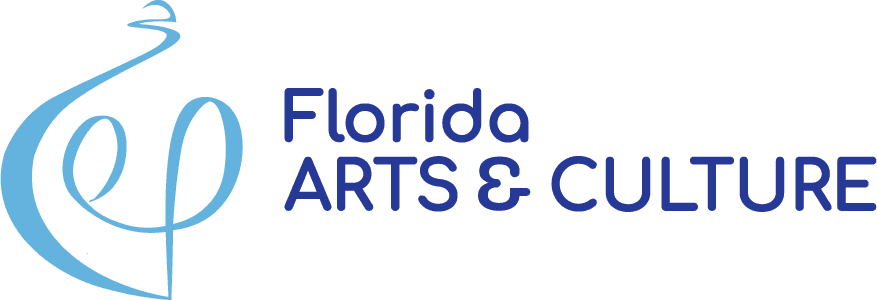Indigo "Seed to Dye" 2-Day Outdoor Workshop

Please join us in the OMAM Garden where freshly harvested Indigo will be used to create a vat for natural dyeing. Indigofera suffruticosa is the botanical name for Ormond Beach’s local indigo.
In this two-day, outdoor workshop led by artist Catherine Cross Tsintzos, participants will learn how to create an indigo lake pigment for making ink, create indigo balls, and learn how to use organic and synthetic indigo dye for making a variety of vats. From seed to dye will also include surface design techniques for cloth and paper. We will be celebrating BLUE dyeing for two days in the beautiful outdoor classroom space in the OMAM Gardens.
All supplies for vat preparation and surface design techniques are included. Registrants are asked to bring their own items for dyeing which may include pre-washed cotton, silk, hemp and linen clothing, up to five yards of fabric of the same materials listed previously. Participants may also bring heavy watercolor paper if interested in dyeing paper. Dress for working with permanent dye outside and bring your own gloves.
Class will meet outside the Emmons Cottage, located at the southeast corner of the gardens. Please bring a bag lunch, a drink, and anything else you need to feel comfortable outdoors. Tables and chairs will be provided.
Important Details
♦ DATES: Wednesday & Thursday, March 30 & 31, 2022
♦ TIME: 11:00am - 3:00pm
♦ LOCATION: OMAM Gardens (meet at the Emmons Cottage)
♦ COST: $225 museum members; $248 future members
♦ REGISTRATION DEADLINE: March 27th; open to ages 16 and older
About the Instructor:
Catherine Cross Tsintzos an interdisciplinary/multidisciplinary artist with a focus on environmental and social issues, traditional fine craft and sustainability. She has a clear purpose in building and crossing a bridge among the arts with a deep focus and balance between artistic practice, teaching, activism and invitation for participation. Catherine has spent her life’s work developing programs and teaching in the arts in the Southeast United States for all ages and abilities. She is a NC artist from Greensboro and spends most of her time in Florida where she has been actively involved with arts education at the Orlando Museum of Art for the past 15 years. Catherine works with arts organizations, museums and universities including Redux Contemporary Arts Center/SC, Orlando Museum of Art/FL, Frederick Book Arts Center, MD, Rollins College/FL, Duke University Continuing Studies/NC, Louise Wells Cameron Art Museum/NC, Greenville Center for Creative Art/SC and the Florence County Museum/SC currently. Her love for the element of surprise and process art have led her to work with mediums that include clay, paper, printmaking, book and fiber arts, alternative photographic processes, natural plant dyes and earth pigments. Through her museum work she has had the privilege to work with many national and international artists and works of art that have continued to scaffold her interest in being a lifelong learner and to keep the creative process fresh and invigorated with her personal art making. Catherine serves on the Board of the Rensing Center.
About Ormond's Indigo:
Indigofera suffruticosa is the botanical name for Ormond Beach’s local indigo. It refers to a perennial tree or shrub with a woody base and herbaceous top of the pea family, native to tropical and subtropical regions of South America. The plant has grown wild in Ormond since 1766 (256 years) when wealthy Scottish merchant Richard Oswald acquired 20,000 acres of land along the Halifax and Tomoka Rivers from the British government. Oswald’s plantation encompassed what is now Tomoka State Park. The Mount Oswald Plantation brought enslaved Africans to clear land and to grow and harvest indigo, rice, cotton, molasses, rum and sugar. Indigo has been esteemed and used for thousands of years in its natural form throughout the world. Indigofera suffruticosa has been one of the most commercially-significant sources of indigo dye in history. The plant grows 4 to 6 feet tall, with compound leaves 2 to 3 inches long with many pairs of rounded leaflets. If you tear a leaflet, the cut edges will turn blue. Clusters of tiny coppery pink pea-like flowers are produced in late summer, followed by small curved seedpods. In 1744, a young woman in Charleston South Carolina, Eliza Lucas Pinckney, became the first person to grow indigo successfully in Colonial America, using seeds that her father had sent from the West Indies. American growers were exporting more than 1,000,000 pounds of indigo to England just before the American Revolution. The advent of cotton as a cash crop after the war and the loss of the British import demand contributed to the demise of indigo production in the United States.

